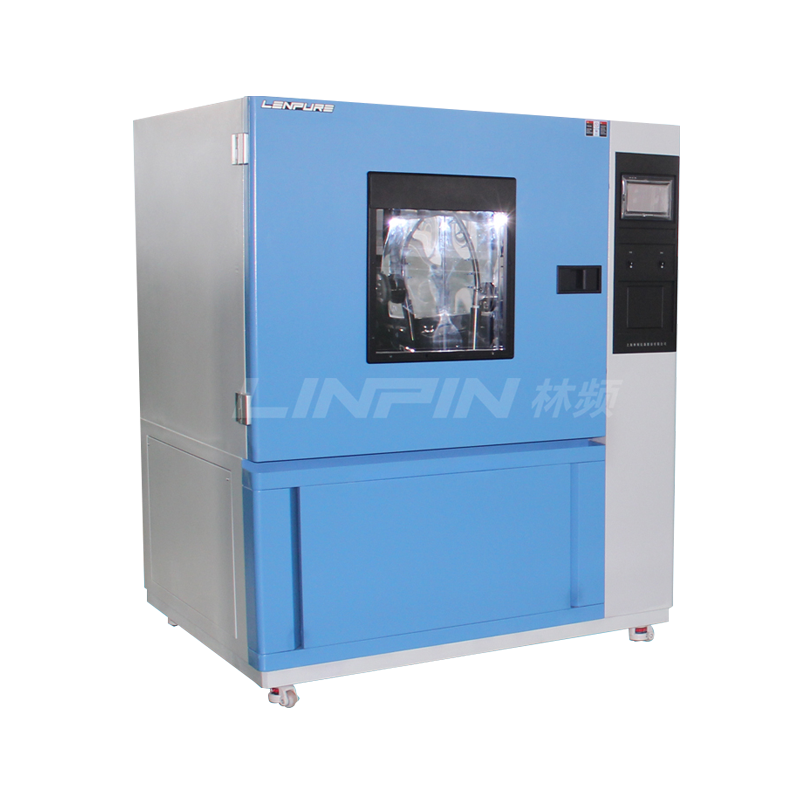

To guarantee reliable and precise test results from rain test chambers, it is essential to strictly adhere to the following precautions during operation. Below, we detail the core elements of the entire equipment usage process, helping you efficiently complete testing tasks.
1. Pre-test Preparations: The Devil is in the Details
Equipment Inspection: Before starting, conduct a comprehensive check of the device components and accessories. Focus on confirming that there are no debris residues in the water tank and that the water level has reached the standard mark.
Water Quality Requirements: The test water must be purified water or filtered water to avoid equipment blockages or testing inaccuracies caused by poor water quality.
Sample Fixation: Place the test sample steadily inside the chamber, ensuring it is securely fixed without any looseness to prevent displacement during the test.
Valve Operation: After closing the drain valve, adjust the flow control valve to its maximum opening to prepare for subsequent pressure regulation.
Pressure Pump Venting: When using the pressure pump for the first time, vent the internal air. Observe the water flow through the vent until it stabilizes, then close the cap to complete the venting operation.

2. Test Duration Setting: The Core of Precise Control
After connecting the power supply, set the operating time according to test requirements. Note the following:
The time setting range is 0~100 hours. Setting it to 0 will prevent the device from starting.
The device will automatically stop upon reaching the preset time, or it can be manually terminated by pressing the stop button.
3. Flow Rate Adjustment: Dynamic Adaptation to Testing Needs
After starting the device, continuously adjust the control valve to stabilize the red float ball of the flow meter at the target flow rate mark, ensuring that the test conditions meet standard requirements.
4. In-operation Monitoring: Safety Precautions and Operational Norms
Pump Protection: Never start the pump without water, as this will lead to motor burnout or pipe rupture.
Nozzle Stabilization: The nozzle must be kept stable using a fixing device or manual holding to prevent nozzle oscillation caused by high-pressure water flow.
5. Post-test Handling: Dual Maintenance of Data and Equipment
Data Analysis: After the test, turn off the power supply and analyze the test piece’s performance parameters using professional software.
Equipment Cleaning: Thoroughly remove debris inside and outside the chamber, and inspect each component for abnormal wear or leakage.
Maintenance Records: Establish an equipment usage log to record test parameters and equipment status, providing a basis for subsequent maintenance.
Summary and Recommendations
Mastering the above five critical points not only enhances testing efficiency but also extends the service life of the equipment. If you are interested in advanced applications or industry-specific solutions for rain test chambers, welcome to continue following updates on our platform. In case of any abnormalities during operation, it is recommended to immediately stop the device and contact professional technicians for handling to ensure testing safety and result reliability.